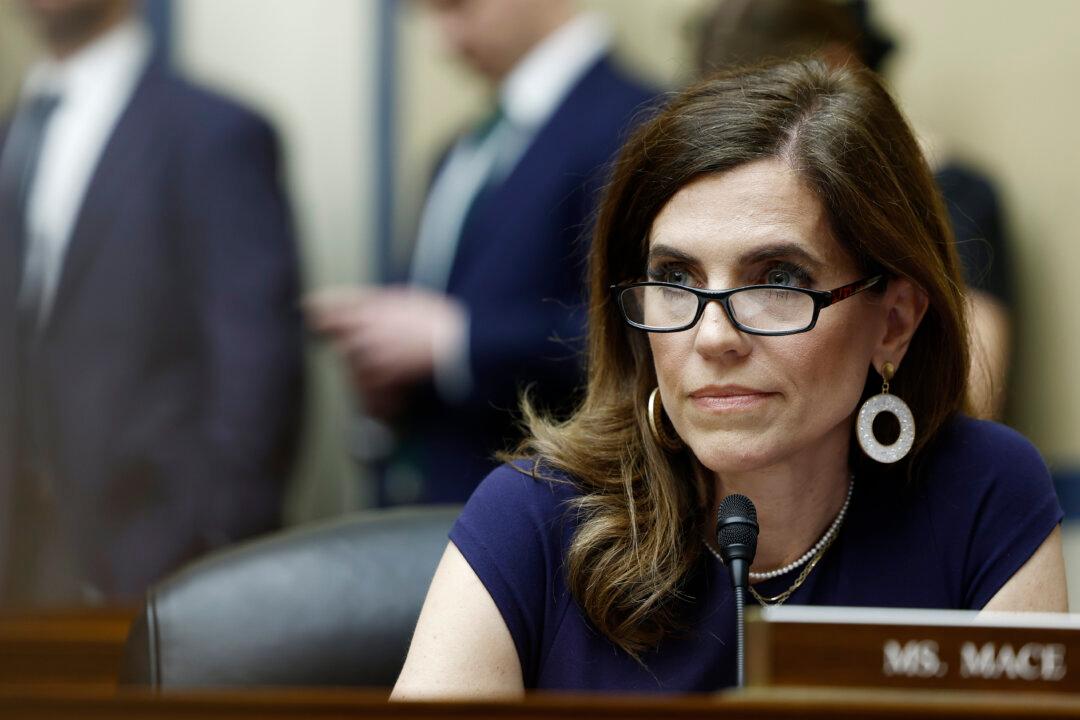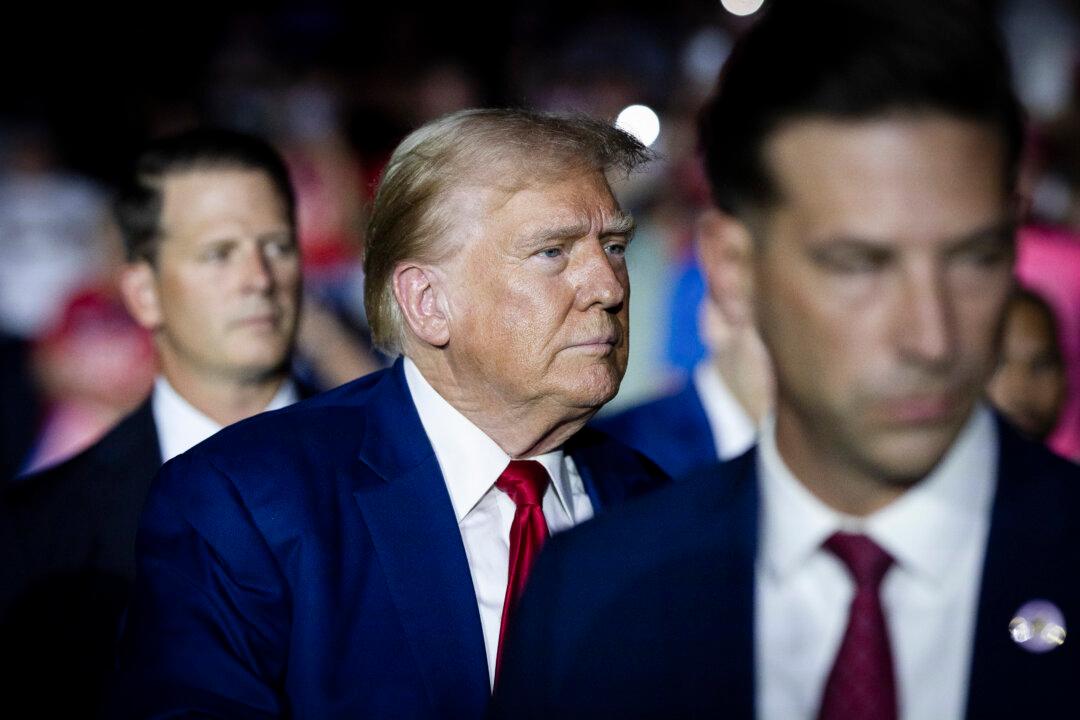NEW YORK—Adjustments in locating funding for infrastructure improvement are key to the future of improving and expanding New York’s infrastructure, much of which is in dire need of repair.
A prime example is the Tappan Zee Bridge, which more than 140,000 cars cross daily, a number that’s increasing, and was characterized at a recent infrastructure panel discussion as “the scariest infrastructure challenge in our region by far” and “a time bomb waiting to cause a calamity.”
Repairing the Tappan Zee Bridge is being weighed versus outright replacement, with the latter option, preferred by both infrastructure experts and Gov. Andrew Cuomo, projected to cost more than $5 billion.
The 7 train west side extension project is an example of unconventional financing. “The city was able to devise what is essentially tax increment financing,” said Seth Pinsky, president of the New York City Economic Development Corporation, at the panel discussion titled New York: Who’s Driving This Train? at Columbia University on Nov. 16. “It was able to borrow against future development on the west side in order to raise the funds necessary to unlock that development in the first place.”
The 7 train west side extension is on time, with some phases ahead of schedule. The station cavern and tunnel structures at 34 Street and 11th Avenue were just completed—10 months ahead of schedule, according to a video posted on the Metropolitan Transportation Authority’s website.
“It’s being creative; it’s figuring out how to do things in a different way and get more for less that’s going to allow us to get through this next period,” said Pinsky. “But we do ultimately have to go back to Washington and change the mindset there.”
Federal support has come for some projects, including rebuilding the World Trade Center, and funding approximately 90 percent, or $1.27 billion, of the Fulton Street Transit Center. The transit center has come under scrutiny from the Federal Transit Administration that is in charge of the project, for a seven-year delay and costs that ballooned from $650 million to $1.4 billion.
Another example of unconventional financing, the East River Ferry Service, opened in June and broke the projected 400,000 annual ridership in its first six months of operation. The city used $10 million on fixing docks and adding a few others on the East River, and providing a little more than a $3 million subsidy. The ferry connects Long Island City, Greenpoint, Williamsburg, DUMBO, and Lower Manhattan.
Public and political perception
Another adjustment that would aid infrastructure development is adjusting public and political perception about ways to fund it.
Ideas for garnering more funds include raising the gas tax, instituting tolls on the three East River bridges, and congestion pricing, all of which have met resistance.
“These are ideas that are sustainable revenue streams and are actually equitable transportation policies and social policies,” said Veronica Vanterpool, associate director of the Tri-State Transportation Campaign. “But the political leaders, many political leaders, are opposed to those particular revenue streams, and as a result it just hasn’t moved forward.”
“Some of the resistance is rooted in a misunderstanding of what the proposals are,” said Vanterpool, citing the 2007 congestion pricing campaign. “Several outer borough, elected officials thought that congestion pricing was unfairly targeting the middle and lower class,” she said, explaining that the opposite is true.
Vanterpool said the opposite is true: “If you’re taking revenue that you’re applying to a transit system that’s overwhelmingly impacting low-income communities and sustainable communities and middle-class families, anything that includes a transit situation overwhelmingly benefits those particular populations.”
The congestion-pricing proposal would have charged a fee to drive south of 60th Street in Manhattan during business hours. The proposal was ultimately blocked in the state Legislature despite a 2008 poll by Quinnipiac University finding that New York City voters supported the project 67 percent to 27 percent if the revenue was used for mass transit improvements.
“With any new initiative or any new innovation there takes time for some adjustment,” said Vanterpool, referencing the switch from tokens to metrocards and the fairly new off-board fare collection for select bus service.
“There’s always going to be grumbling about things that are new, and I don’t think those grumblings are an indictment of this new innovation,” said Vanterpool. “It just needs time to work out and for people to get accustomed to the change. And New Yorkers do. New Yorkers do get used to it.”







